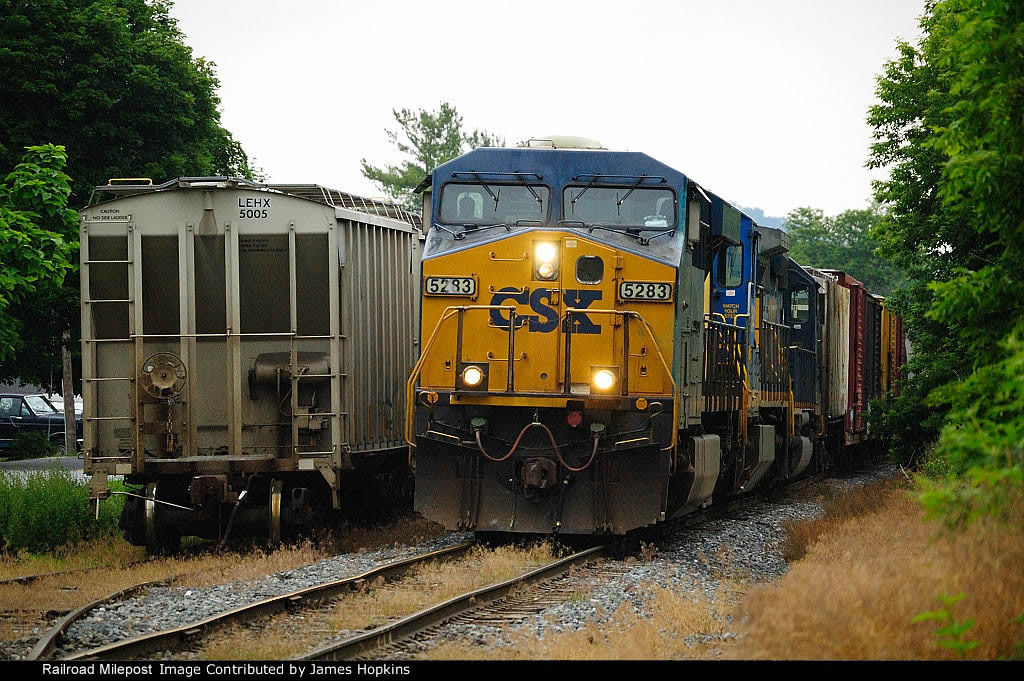Here you will find facts relating to the Hanover Subdivision as well as links to various websites and a photo gallery.

The Hanover Subdivision extends from Baltimore, Maryland west to Hagerstown, Maryland along several former Western Maryland Railway lines. At the east end the Hanover Subdivision meets the Baltimore Terminal Subdivision and at its west end the Lurgan Subdivision heads both north and west.
| HISTORY:
The first section of the Hanover Branch was built was between Porters, Pennsylvania and Hanover, Pennsylvania which opened in 1852 as part of the Hanover Branch Railroad. The Gettysburg Railroad opened a section between Hanover, Pennsylvania and Gettysburg, Pennsylvania in 1858. The Western Maryland initially built from the end of the Northern Central Railway’s Green Spring Branch at Owings Mills, Maryland to Hagerstown, Maryland. Construction began in 1857 the line reached Westminster, Maryland in 1861 and Hagerstown, Maryland in 1872. In 1873 the Western Maryland built its own line from Owings Mills to Fulton Junction in Baltimore, Maryland. The Western Maryland designated the Baltimore-Hagerstown line as its East Subdivision. CONNECTIONS: The Western Maryland built a marine terminal at Port Covington in Baltimore in 1904 and built a new connecting line from the East Sub to the terminal. The 5.3 mile (8.5 km) line ran from Walbrook Junction west of Fulton to Port Covington, and was designated as the Western Maryland’s Tide Subdivision. The present CSX Hanover Subdivision consists of the old Western Maryland Hanover Sub (Highfield-Emory Grove), portions of the East Sub (Hagerstown-Highfield and Emory Grove-Walbrook) and Tide Sub (Walbrook-Mt. Winans Yard in Baltimore). CSX sold the remainder of the East Sub from Emory Grove to Highfield to the Maryland Midland Railway in the 1980s. |



